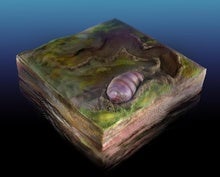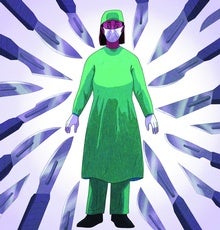 |
| March 30, 2020 |
Dear Reader,
Why do some people believe the response to the coronavirus is an overreaction, while others think it doesn't go far enough? Our lead story explores the psychology behind this decision-making. Here's a preview of what else is featured today: EPA's move to weaken pollution enforcement endangers people who are susceptible to the spread of COVID-19 by exacerbating respiratory illnesses, public health experts say. Quantum computing has the potential to become a staple technology, but a major hurtle remains that will require immense efforts to overcome: decoherence. And if you'd like to take your mind off current events for a while, consider chipping in on a citizen science project. We share two cases that you can help scientists study. Important information for our print subscribers |
| | Sunya Bhutta, Senior Editor, Audience Engagement
@sunyaaa | |
 |
| |
| |
| |
| |
| |
| |
| |
FROM THE STORE
 | | Tomorrow's Medicine One hundred years ago, many common medical treatments were found in the pages of science fiction novels, whereas today, medical journals often sound like science fiction. This eBook looks at the most promising areas where technology could transform health, including cybernetics, regenerative medicine, nanotechnology and genetically tailored treatments. Although many of these advances may not be ready to treat humans for many years, some of them may someday profoundly change—and extend—our lives. |  | | |
| |
FROM THE ARCHIVE
 | | | |
| QUOTE OF THE DAY
 "When we decide how to vote, what to buy, where to go on vacation and myriad other things, unconscious thoughts that we're not even aware of typically play a big role." John A. Bargh, Psychology Professor at Yale | |
LATEST ISSUES
 |
| |
| Questions? Comments?  | |
| Download the Scientific American App |
| |
| |




















Comments
Post a Comment